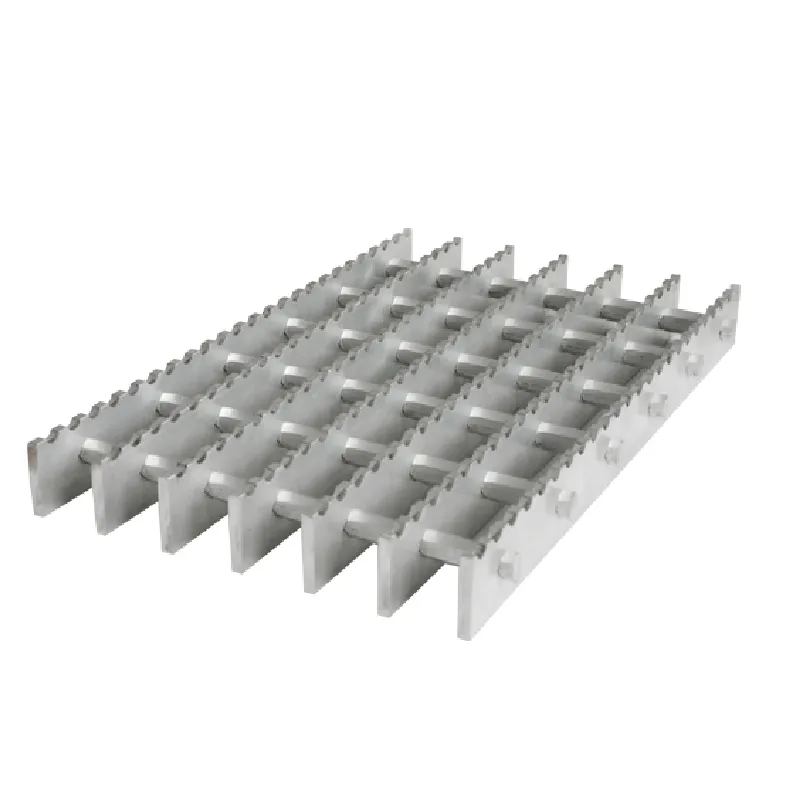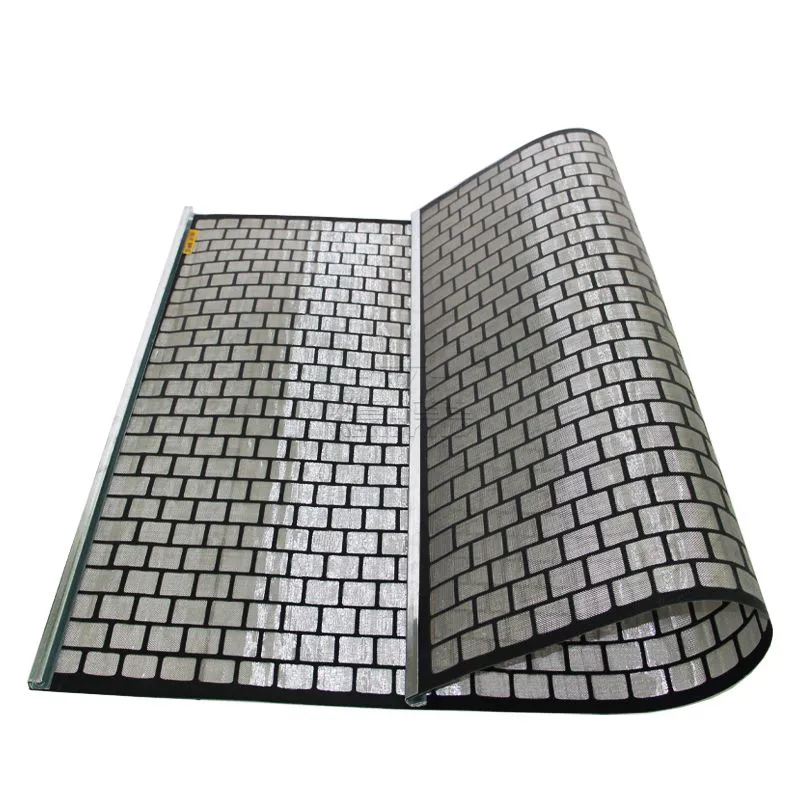- Industrial zone, South of Anping Town, Hengshui, Hebei, China.
- sales@hfpetromesh.com
- +86-18931809706
 Afrikaans
Afrikaans  Albanian
Albanian  Amharic
Amharic  Arabic
Arabic  Armenian
Armenian  Azerbaijani
Azerbaijani  Basque
Basque  Belarusian
Belarusian  Bengali
Bengali  Bosnian
Bosnian  Bulgarian
Bulgarian  Catalan
Catalan  Cebuano
Cebuano  Corsican
Corsican  Croatian
Croatian  Czech
Czech  Danish
Danish  Dutch
Dutch  English
English  Esperanto
Esperanto  Estonian
Estonian  Finnish
Finnish  French
French  Frisian
Frisian  Galician
Galician  Georgian
Georgian  German
German  Greek
Greek  Gujarati
Gujarati  Haitian Creole
Haitian Creole  hausa
hausa  hawaiian
hawaiian  Hebrew
Hebrew  Hindi
Hindi  Miao
Miao  Hungarian
Hungarian  Icelandic
Icelandic  igbo
igbo  Indonesian
Indonesian  irish
irish  Italian
Italian  Japanese
Japanese  Javanese
Javanese  Kannada
Kannada  kazakh
kazakh  Khmer
Khmer  Rwandese
Rwandese  Korean
Korean  Kurdish
Kurdish  Kyrgyz
Kyrgyz  Lao
Lao  Latin
Latin  Latvian
Latvian  Lithuanian
Lithuanian  Luxembourgish
Luxembourgish  Macedonian
Macedonian  Malgashi
Malgashi  Malay
Malay  Malayalam
Malayalam  Maltese
Maltese  Maori
Maori  Marathi
Marathi  Mongolian
Mongolian  Myanmar
Myanmar  Nepali
Nepali  Norwegian
Norwegian  Norwegian
Norwegian  Occitan
Occitan  Pashto
Pashto  Persian
Persian  Polish
Polish  Portuguese
Portuguese  Punjabi
Punjabi  Romanian
Romanian  Russian
Russian  Samoan
Samoan  Scottish Gaelic
Scottish Gaelic  Serbian
Serbian  Sesotho
Sesotho  Shona
Shona  Sindhi
Sindhi  Sinhala
Sinhala  Slovak
Slovak  Slovenian
Slovenian  Somali
Somali  Spanish
Spanish  Sundanese
Sundanese  Swahili
Swahili  Swedish
Swedish  Tagalog
Tagalog  Tajik
Tajik  Tamil
Tamil  Tatar
Tatar  Telugu
Telugu  Thai
Thai  Turkish
Turkish  Turkmen
Turkmen  Ukrainian
Ukrainian  Urdu
Urdu  Uighur
Uighur  Uzbek
Uzbek  Vietnamese
Vietnamese  Welsh
Welsh  Bantu
Bantu  Yiddish
Yiddish  Yoruba
Yoruba  Zulu
Zulu
- Afrikaans
- Albanian
- Amharic
- Arabic
- Armenian
- Azerbaijani
- Basque
- Belarusian
- Bengali
- Bosnian
- Bulgarian
- Catalan
- Cebuano
- Corsican
- Croatian
- Czech
- Danish
- Dutch
- English
- Esperanto
- Estonian
- Finnish
- French
- Frisian
- Galician
- Georgian
- German
- Greek
- Gujarati
- Haitian Creole
- hausa
- hawaiian
- Hebrew
- Hindi
- Miao
- Hungarian
- Icelandic
- igbo
- Indonesian
- irish
- Italian
- Japanese
- Javanese
- Kannada
- kazakh
- Khmer
- Rwandese
- Korean
- Kurdish
- Kyrgyz
- Lao
- Latin
- Latvian
- Lithuanian
- Luxembourgish
- Macedonian
- Malgashi
- Malay
- Malayalam
- Maltese
- Maori
- Marathi
- Mongolian
- Myanmar
- Nepali
- Norwegian
- Norwegian
- Occitan
- Pashto
- Persian
- Polish
- Portuguese
- Punjabi
- Romanian
- Russian
- Samoan
- Scottish Gaelic
- Serbian
- Sesotho
- Shona
- Sindhi
- Sinhala
- Slovak
- Slovenian
- Somali
- Spanish
- Sundanese
- Swahili
- Swedish
- Tagalog
- Tajik
- Tamil
- Tatar
- Telugu
- Thai
- Turkish
- Turkmen
- Ukrainian
- Urdu
- Uighur
- Uzbek
- Vietnamese
- Welsh
- Bantu
- Yiddish
- Yoruba
- Zulu
មករា . 09, 2025 13:58
Back to list
steel grating company
Navigating through the vast marketplace of industrial materials, steel grating plays a quintessential role in various architectural and industrial applications. When quality, durability, and reliability are paramount, partnering with a reputable steel grating company becomes indispensable. Let's delve into how choosing the right company can dramatically enhance your projects and why expertise, authority, and trustworthiness matter in this industry.
Authority in the steel grating market is often cemented through certifications and adherence to strict regulatory standards. A company's ability to meet ISO certifications, for instance, is a testament to its quality assurance processes. Furthermore, authoritative companies are active contributors to setting industry standards and partake in regulatory committees, thereby shaping the future of steel grating technologies. This involvement ensures their solutions are not only current but pioneering. Trustworthiness, although intangible, manifests in client relationships and service delivery. A trustworthy steel grating company prioritizes customer satisfaction, offering warranties that guarantee product performance. Transparency in communication, especially regarding material sourcing and production processes, builds trust over time. Testimonials and case studies are further reflections of a company's reputation, providing potential clients with proof of capability and reliability. Choosing the right steel grating company equates to investing in peace of mind. The benefits of superior quality gratings extend beyond aesthetics and immediate functionality — they significantly reduce maintenance costs and downtime due to premature wear or failure. Long-term partnerships with seasoned providers ensure that as projects expand or evolve, appropriate solutions are readily available, thus optimizing resources and time. In conclusion, the decision to collaborate with a leading steel grating company shouldn't be taken lightly. The convergence of experience, expertise, authority, and trustworthiness forms a robust framework on which reliable and innovative grating solutions are built. Industries seeking sustainability and excellence should gravitate towards companies that embody these values, ensuring that their infrastructural investments yield maximum returns in both performance and longevity. With the right partner, the possibilities of steel grating applications are as broad as they are future-ready, tailored to meet and exceed the dynamic challenges of modern engineering demands.


Authority in the steel grating market is often cemented through certifications and adherence to strict regulatory standards. A company's ability to meet ISO certifications, for instance, is a testament to its quality assurance processes. Furthermore, authoritative companies are active contributors to setting industry standards and partake in regulatory committees, thereby shaping the future of steel grating technologies. This involvement ensures their solutions are not only current but pioneering. Trustworthiness, although intangible, manifests in client relationships and service delivery. A trustworthy steel grating company prioritizes customer satisfaction, offering warranties that guarantee product performance. Transparency in communication, especially regarding material sourcing and production processes, builds trust over time. Testimonials and case studies are further reflections of a company's reputation, providing potential clients with proof of capability and reliability. Choosing the right steel grating company equates to investing in peace of mind. The benefits of superior quality gratings extend beyond aesthetics and immediate functionality — they significantly reduce maintenance costs and downtime due to premature wear or failure. Long-term partnerships with seasoned providers ensure that as projects expand or evolve, appropriate solutions are readily available, thus optimizing resources and time. In conclusion, the decision to collaborate with a leading steel grating company shouldn't be taken lightly. The convergence of experience, expertise, authority, and trustworthiness forms a robust framework on which reliable and innovative grating solutions are built. Industries seeking sustainability and excellence should gravitate towards companies that embody these values, ensuring that their infrastructural investments yield maximum returns in both performance and longevity. With the right partner, the possibilities of steel grating applications are as broad as they are future-ready, tailored to meet and exceed the dynamic challenges of modern engineering demands.
Share
Latest news
-
Welded Steel Bar Grating: The Rugged Industrial Flooring Solution Built for Load and LongevityNewsJun.24,2025
-
Steel Walkway Grating: Reliable, Resilient, and Built for Every StepNewsJun.24,2025
-
Shale Shaker Screen for Sale: Optimize Drilling Efficiency with Precision Screening PowerNewsJun.24,2025
-
Shaker Screen for Sale: Elevate Your Drilling Efficiency with Durable Separation SolutionsNewsJun.24,2025
-
Press Locked Steel Grating: Industrial Strength with Precision Fit for Heavy-Duty ApplicationsNewsJun.24,2025
-
Perimeter Safety Netting: The Critical Safety Upgrade for Every HelipadNewsJun.24,2025